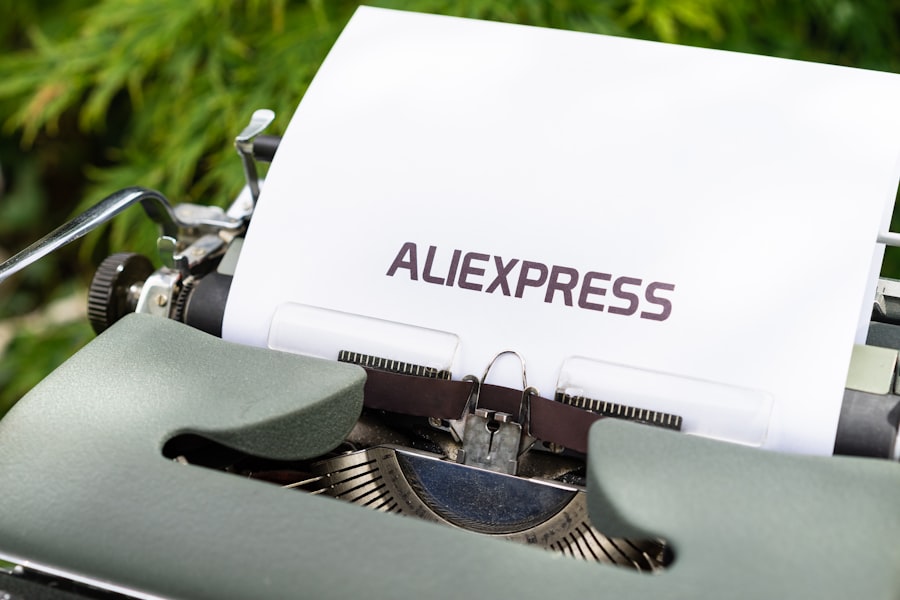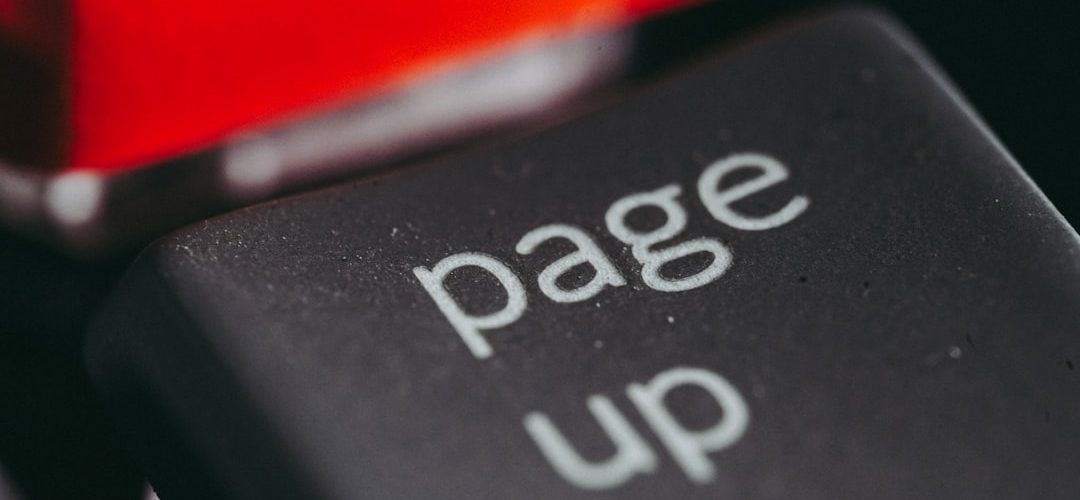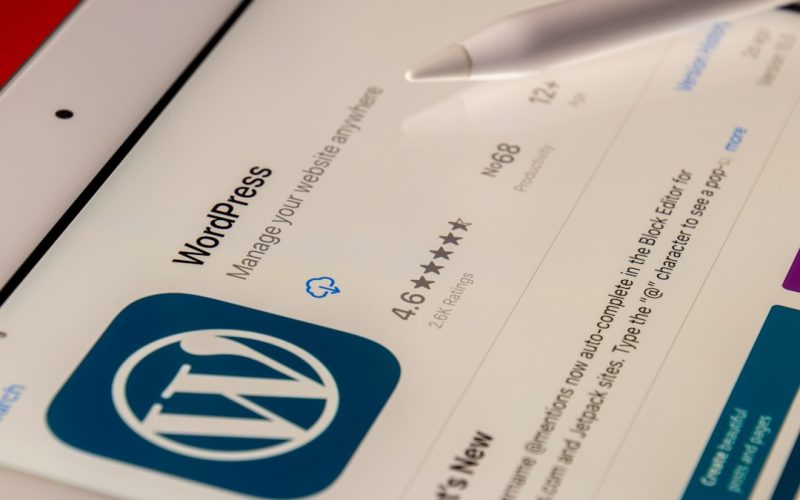As I delve into the world of website management, one of the most critical aspects I’ve come to appreciate is speed optimization. The speed at which my WordPress site loads can significantly impact user experience, search engine rankings, and overall engagement. In today’s fast-paced digital environment, users expect instant access to information.
If my site takes too long to load, I risk losing potential visitors who may abandon my page in favor of a competitor’s faster site. This reality has made me acutely aware of the importance of speed optimization. Moreover, search engines like Google have made it clear that site speed is a ranking factor.
When I optimize my site for speed, I not only enhance user experience but also improve my chances of ranking higher in search results. This dual benefit reinforces the need for me to prioritize speed optimization as a fundamental aspect of my website strategy. By ensuring that my site loads quickly, I can create a more engaging environment for my visitors, which ultimately leads to higher conversion rates and better overall performance.
Table of Contents
ToggleKey Takeaways
- Speed optimization is crucial for a WordPress site’s performance and user experience.
- Choosing the right hosting provider is essential for improved speed and reliability.
- Selecting a lightweight and efficient WordPress theme can significantly impact loading times.
- Utilizing caching plugins can boost loading times and improve overall site performance.
- Minimizing HTTP requests is key to achieving faster page loading and better user experience.
Choosing the Right Hosting Provider for Improved Speed
Understanding the Impact of Hosting on Site Performance
Selecting the right hosting provider was a crucial step in my journey to optimize my WordPress site. The hosting service I chose plays a vital role in determining my site’s speed and performance. Through thorough research, I discovered that not all hosting providers are created equal.
Key Factors to Consider When Choosing a Hosting Provider
Some hosting providers offer shared hosting, which can lead to slower load times due to resource sharing among multiple sites. In contrast, I found that opting for a managed WordPress hosting provider can significantly enhance my site’s speed and reliability. Additionally, I considered factors such as server location and technology used by the hosting provider.
Setting a Solid Foundation for Optimization
A hosting service with servers located closer to my target audience can reduce latency and improve loading times. Furthermore, I looked for providers that utilize advanced technologies like SSD storage and content delivery networks (CDNs). By making an informed choice about my hosting provider, I set a solid foundation for optimizing my WordPress site’s speed.
Selecting a Lightweight and Efficient WordPress Theme

The theme I choose for my WordPress site can have a profound impact on its performance. Initially, I was drawn to visually stunning themes with numerous features and functionalities.
However, I soon learned that these heavy themes often come with bloated code and excessive scripts that can slow down my site.
To address this issue, I began searching for lightweight and efficient themes that prioritize speed without sacrificing aesthetics. In my quest for the perfect theme, I discovered several options that are not only visually appealing but also optimized for performance.
These themes typically have clean code, minimal design elements, and fewer built-in features that could hinder loading times. By selecting a lightweight theme, I was able to enhance my site’s speed while still maintaining an attractive and user-friendly interface. This decision has proven to be one of the most effective strategies in my ongoing efforts to optimize my WordPress site.
Utilizing Caching Plugins to Boost Loading Times
| Plugin Name | Compatibility | Page Load Time Improvement | Cache Hit Rate |
|---|---|---|---|
| WP Super Cache | High | Up to 40% | 80% |
| W3 Total Cache | Medium | Up to 50% | 75% |
| WP Rocket | High | Up to 60% | 85% |
Implementing caching plugins has been a game-changer in my speed optimization journey. Caching works by storing static versions of my web pages, allowing them to load faster for returning visitors. When I first installed a caching plugin on my WordPress site, I was amazed at the difference it made in loading times.
Instead of generating pages dynamically with each request, the plugin served cached versions, significantly reducing server load and improving user experience. There are several caching plugins available, each with its own set of features and configurations. After experimenting with a few options, I settled on one that offered a balance between ease of use and advanced settings.
With this plugin, I could customize cache expiration times, enable browser caching, and even minify CSS and JavaScript files. The result was a noticeable improvement in my site’s performance, making it an essential tool in my optimization toolkit.
Minimizing HTTP Requests for Faster Page Loading
As I continued to refine my WordPress site’s speed, I learned about the importance of minimizing HTTP requests. Each element on a webpage—images, scripts, stylesheets—requires an individual HTTP request to load. When I realized that excessive requests could slow down my site significantly, I took proactive steps to streamline my pages.
This involved consolidating files where possible and eliminating unnecessary elements that contributed to longer loading times. One effective strategy I employed was combining multiple CSS and JavaScript files into single files. By doing this, I reduced the number of requests made when a user visits my site.
Additionally, I evaluated the necessity of each plugin and widget on my pages, removing those that didn’t add substantial value. This process not only improved loading times but also simplified my site’s overall structure, making it easier to manage.
Compressing Images and Files for Reduced Load Times

Images are often the largest files on a webpage, and their size can significantly impact loading times. Understanding this, I made it a priority to compress images before uploading them to my WordPress site. There are various tools available that allow me to reduce image file sizes without sacrificing quality.
By optimizing images, I was able to enhance loading speeds while still providing visually appealing content for my visitors. In addition to images, I also focused on compressing other files such as PDFs and documents that were available for download on my site. Utilizing file compression techniques helped me reduce the overall size of these files, leading to faster load times when users accessed them.
This attention to detail has not only improved user experience but has also contributed positively to my site’s performance metrics.
Implementing Lazy Loading for Images and Videos
Another effective technique I adopted was lazy loading for images and videos on my WordPress site. Lazy loading is a method that delays the loading of non-visible elements until they are needed—specifically when they come into the user’s viewport. This approach has been particularly beneficial for pages with numerous images or embedded videos, as it prevents all media from loading at once and instead prioritizes what is immediately visible.
By implementing lazy loading, I noticed a significant reduction in initial load times for my pages. Users could access content more quickly without having to wait for all images and videos to load simultaneously. Additionally, this technique has helped improve overall performance metrics such as bounce rates and time spent on page, as visitors are more likely to stay engaged when they experience faster loading times.
Optimizing Your WordPress Database for Improved Performance
Over time, my WordPress database accumulated unnecessary data such as post revisions, spam comments, and transient options that could slow down performance. To combat this issue, I began optimizing my database regularly. This process involved cleaning up old data and ensuring that only essential information remained stored in the database.
I utilized plugins designed specifically for database optimization, which allowed me to automate this process efficiently. By scheduling regular cleanups and optimizations, I was able to maintain a leaner database that contributed to faster query responses and improved overall site performance. This step has proven invaluable in ensuring that my WordPress site runs smoothly and efficiently.
Minimizing and Combining CSS and JavaScript Files
As part of my ongoing efforts to enhance speed optimization, I focused on minimizing and combining CSS and JavaScript files on my WordPress site. Each additional file adds extra HTTP requests during page loading, which can slow down performance significantly. By minifying these files—removing unnecessary characters such as whitespace and comments—I was able to reduce their size without affecting functionality.
Combining multiple CSS or JavaScript files into single files further streamlined the loading process. This approach not only reduced the number of requests but also improved loading times by decreasing the overall file size that needed to be downloaded by users’ browsers. The combination of these techniques has led to noticeable improvements in page speed metrics.
Enabling Gzip Compression for Faster Data Transfer
Enabling Gzip compression has been another crucial step in optimizing my WordPress site’s speed. Gzip is a method of compressing files before they are sent from the server to the user’s browser, significantly reducing file sizes during data transfer. By enabling Gzip compression on my server, I was able to decrease loading times for all types of content on my site.
The implementation process was straightforward; many caching plugins offer built-in options for enabling Gzip compression with just a few clicks. Once activated, I noticed a marked improvement in loading speeds across various devices and browsers. This simple yet effective technique has become an integral part of my speed optimization strategy.
Regularly Monitoring and Testing Your Site’s Speed for Continuous Improvement
Finally, one of the most important aspects of maintaining an optimized WordPress site is regular monitoring and testing of its speed. After implementing various optimization techniques, I realized that ongoing assessment is crucial for ensuring sustained performance improvements. There are numerous tools available that allow me to test loading times and identify areas needing further enhancement.
By regularly checking my site’s speed metrics using tools like Google PageSpeed Insights or GTmetrix, I can stay informed about how well my optimizations are performing over time. These insights help me make data-driven decisions about future improvements or adjustments needed to maintain optimal performance levels. Continuous monitoring has become an essential practice in my website management routine, ensuring that my WordPress site remains fast and efficient for all users.
In conclusion, optimizing the speed of my WordPress site has been an ongoing journey filled with learning experiences and practical implementations. From choosing the right hosting provider to regularly monitoring performance metrics, each step has contributed significantly to enhancing user experience and improving search engine rankings. As technology continues to evolve, I remain committed to staying informed about new strategies and tools that can further optimize my website’s performance in this ever-changing digital landscape.
If you’re looking to speed up your WordPress site without hiring a developer, you may also be interested in learning about the benefits of using the Oxygen Builder. This powerful tool allows you to create custom websites without the need for coding knowledge, making it a great option for those looking to improve site speed on their own. Check out this article on how Oxygen Builder can help you optimize your WordPress site for more information.
FAQs
What are some common reasons for a slow WordPress site?
Some common reasons for a slow WordPress site include large image file sizes, too many plugins, outdated themes or plugins, and poor web hosting.
How can I speed up my WordPress site without hiring a developer?
You can speed up your WordPress site without hiring a developer by optimizing your images, using a caching plugin, minimizing the use of plugins, choosing a reliable web hosting provider, and keeping your WordPress software, themes, and plugins updated.
What is image optimization and how can it help speed up my WordPress site?
Image optimization involves reducing the file size of images on your website without sacrificing quality. This can help speed up your WordPress site by reducing the amount of data that needs to be loaded when a user visits your site.
What is a caching plugin and how can it help speed up my WordPress site?
A caching plugin creates and stores a static version of your website, which can be served to users instead of generating the page each time it is requested. This can help speed up your WordPress site by reducing the load on your server and improving page load times.
How can I choose a reliable web hosting provider to speed up my WordPress site?
To choose a reliable web hosting provider for your WordPress site, look for one that offers fast server speeds, good uptime, and responsive customer support. It’s also important to consider the specific needs of your website, such as the amount of traffic it receives and any special requirements for your site.




